Trail tunnel in the rain


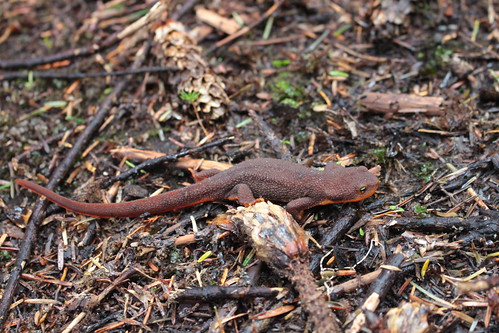

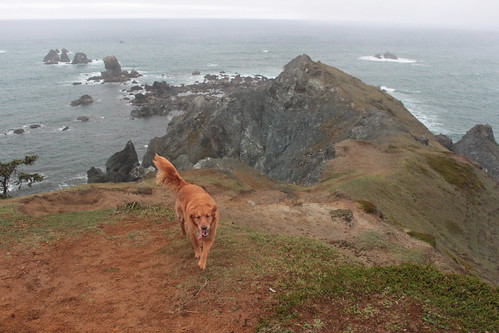


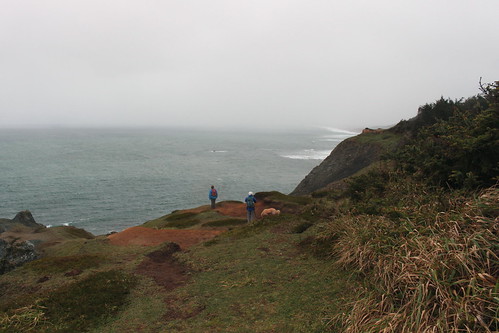
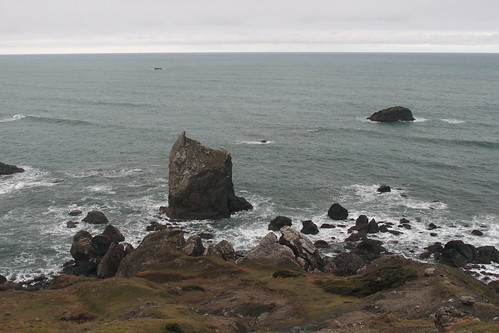
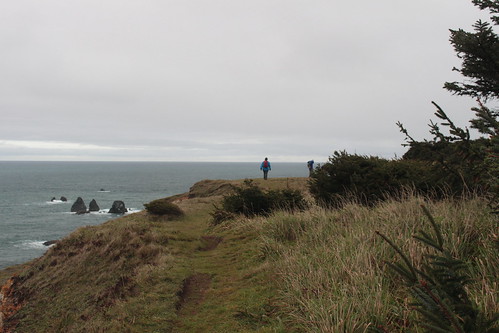

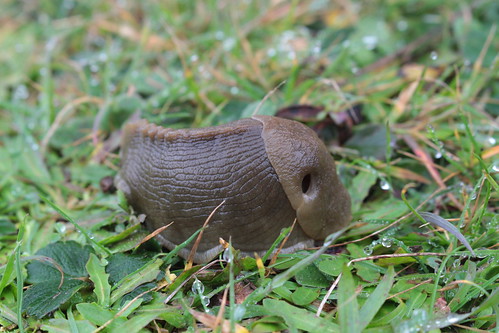

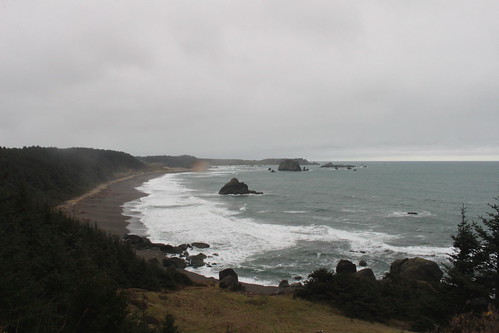
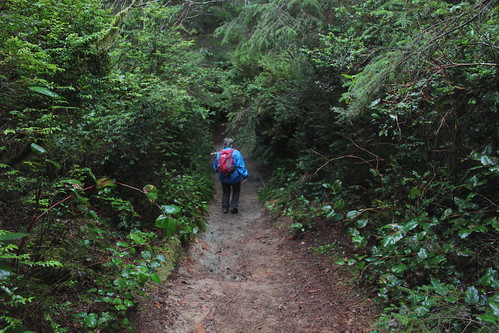

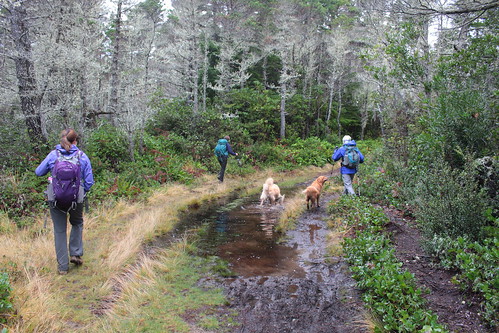

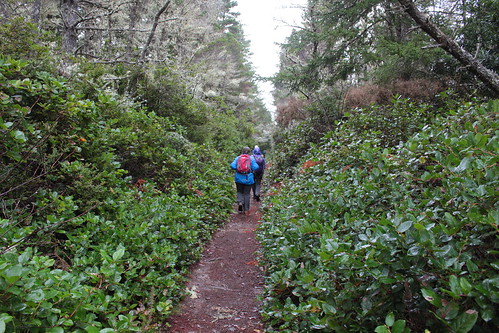
The first comprehensive look at Oregon’s wine industry in four years estimates it has grown to have an economic impact of $3.35 billion, counting direct and related sales, jobs, services and products.
The report by Full Glass Research describes an industry on a post-recession roll, with planted acres increasing by 18 percent since 2011, the number of wineries up 45 percent and a 39 percent increase in sales.
Oregon grape growers and wine makers have successfully focused on making higher-priced, higher-quality wine, especially the signature Pinot noir, “turning the state’s low yields and tricky climate into an asset,” according to the report.
“Oregon growers continue to achieve the highest average price per ton while Oregon wineries realize the highest average revenues per case,” according to the report.
Wine grapes aren’t even in Oregon’s top 10 most valuable crops. The National Agricultural Statistics Service list grapes 11th in 2013 at $107 million; Full Glass Research lists the crop value at $128 million. But the report details an industry that “punches above its weight,” as a publicist put it, and has economic ripples ranging from the production of oak barrels and steel tanks to money spent by tourists in tasting rooms.
Among the points of interest in the report:
• There are 17,000 “wine-related” jobs in Oregon and the industry produced 2.7 million nine-liter cases in 2013.
• Despite dramatic growth, small to medium size producers prevail in Oregon. The state’s three largest producers would rank 52nd, 53rd and 76th in California.
• Oregon consumes 36 percent of its own wine production and exports the rest. Among international export markets, Canada takes more than one-third. Japan is second, with Mexico, Hong Kong and Scandinavian countries emerging as the fastest growing markets.
• A Wine Opinions national consumer panel showed regular purchasing of Oregon wines among high end consumers increased from 22 percent in 2008 to 41 percent in 2013. The “romance and appeal” of wineries and “upscale demographics” of wine consumption assures that wine tourists spend more than other visitors.
• In 2013, Oregon wineries spent $11.5 million on corks and other bottle closures, $21.9 million on glass, at least $8.4 million on steel tanks and $5 million to $7 million on barrels. They also spent about $10.4 million for 37 million labels.
• Annual vineyard costs for cultivation, pruning, weed control and trellising range from $3,500 to $8,000 per acre.
• The average per acre cost of developing a vineyard is $20,625. That includes soil prep, layout, planting, trellising, vines, rootstock, irrigation and other costs, but not the purchase price.
• Change may be coming. From 2012-14, four of the top 20 largest wine companies in the U.S., including Kendall Jackson, and three companies from the famous Burgundy region of France, purchased or expanding holdings in Oregon.
Farmed Smart certification offers regulatory ‘safe harbor,’ leader says
By Matthew Weaver
Capital Press
KENNEWICK, Wash. — The Pacific Northwest Direct Seed Association is looking for farmers to sign up for a new certification program that will provide farmers a “safe harbor” from some regulatory agencies.
Association executive director Kay Meyer described the program, called Farmed Smart, during the Pacific Northwest Oilseed and Direct Seed Conference in Kennewick, Wash.
Third-party auditors would certify farms that employ conservation practices and transition to direct seeding, Meyer said.
“We’ve got our regulatory agencies on board, saying if farmers are getting certified, they are achieving water quality standards because of these practices that they are implementing,” Meyer said.
The association is creating a memorandum of understanding with the Washington Department of Ecology defining management practices.
The program has credibility, said Chad Atkins, water quality specialist for the department in Eastern Washington.
“We’re used to looking for problems and then holding the hammer over people in order to get those fixed,” Atkins said. “This provides an opportunity to come at it from a different direction — rewarding producers for environmental protection.”
Campbell’s, Wal-Mart and Pepperidge Farms already see the program as a way to meet their sustainability initiatives, Meyer said.
The association hopes to certify 200 farms, or roughly 400,000 acres, in the Pacific Northwest. The first 10 farmers would pay no certification fee, and the next 30 would pay a reduced fee.
Genesee, Idaho, farmer Russ Zenner said he already has Food Alliance certification as a producer for Shepherd’s Grain, and said Farmed Smart is similar. Food Alliance certification concentrates on sustainable farming practices.
Mark Sheffels, a Wilbur, Wash., farmer, said some aspects of the program, such as buffers along streams, potentially represent a significant economic sacrifice for farmers because of maintenance costs and weed problems.
“Our part of the world is typically the most productive dirt (anywhere),” Zenner agreed. “There’s going to have to be significant incentive to take that out of production.”
Sheffels said the criteria is tough, but doable. It’s also timely, as farmers realize there will be greater expectations for agriculture in the future, he said.
“Everybody expects more regulatory scrutiny in the future and being part of this program says you recognize that and you’ve already addressed it,” he said.
Select the newsletter(s) to which you want to subscribe or unsubscribe.